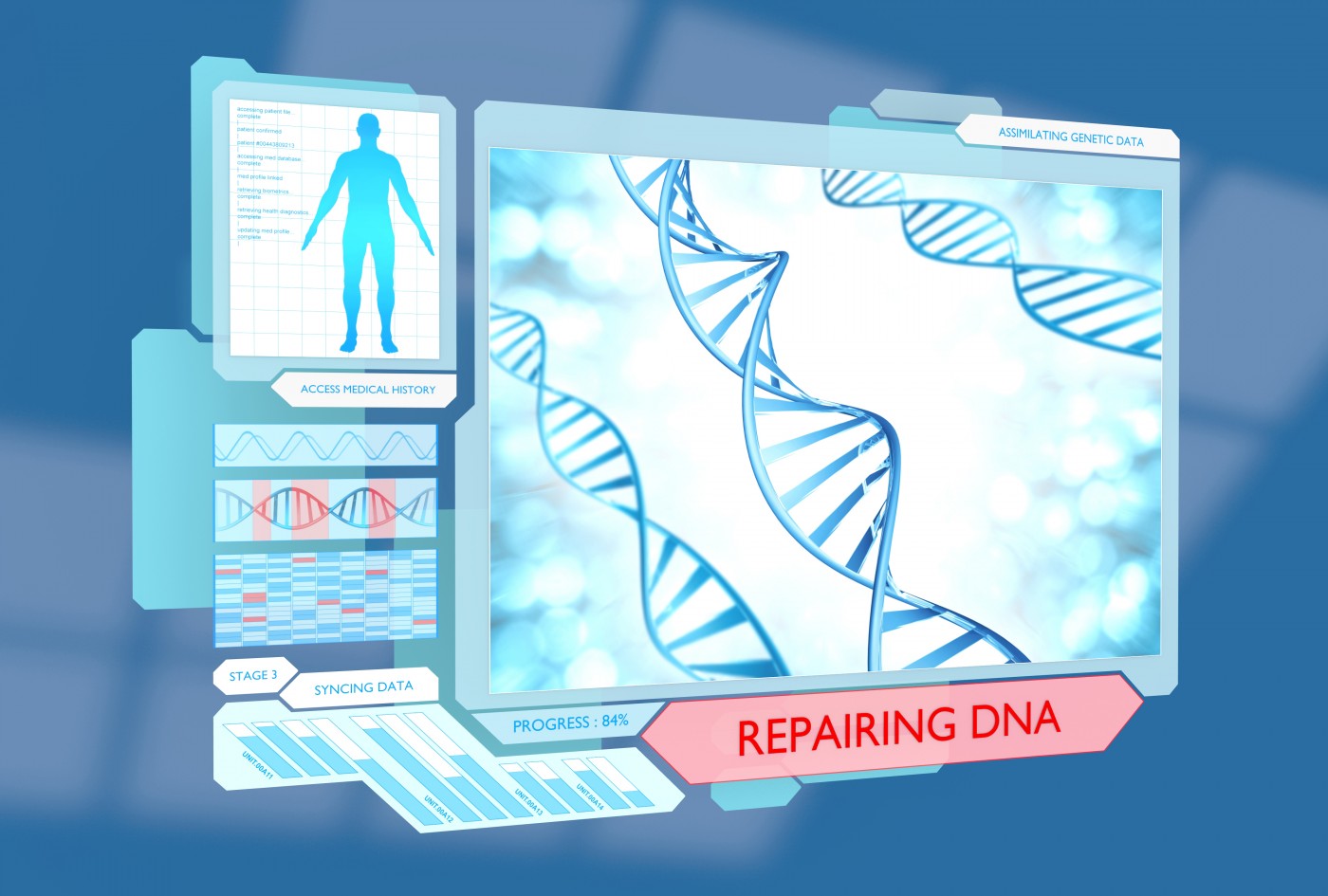Groundbreaking work in mapping damaged DNA repair in the human genome reached a milestone at the University of North Carolina School of Medicine and Lineberger Comprehensive Cancer Center. The new study may have implications in helping treat patients with melanoma whose cells have become cancerous due to UV radiation damage and have overcome common chemotherapy agents through DNA repair.
“Now we can say to a fellow scientist, ‘Tell us the gene you’re interested in or any spot on the genome, and we’ll tell you how it is repaired,'” said Aziz Sancar, MD, PhD, co-senior author at the UNC Lineberger Comprehensive Cancer Center, in a news release from UNC. “Out of six billion base pairs, pick out a spot and we’ll tell you how it is repaired.”
This work is unprecedented, marking the first time DNA damage repair has been mapped across the entire human genome. The team at UNC published their mapping project in “Genome-Wide Analysis of Human Global and Transcription-Coupled Excision Repair of UV Damage at Single-Nucleotide Resolution,” which was published in Genes & Development.
To begin, DNA repair involves enzymes that cut out damaged pieces of DNA and other enzymes that then repair the original DNA. In Dr. Sancar’s laboratory, researchers have been purifying these proteins to study UV irradiation-induced DNA damage, as well as damage induced by chemotherapy. One researcher, Michael Kemp, PhD, collected the protein called TFIIH and found that it tightly binds to excised damaged DNA fragments in solution. The hard part was extracting TFIIH-DNA fragments from human cells.
Helping Dr. Kemp in this effort was Jinchuan Hu, PhD, first author on the paper. Dr. Hu exposed human skin cells to ultraviolet radiation, applied anti-TFIIH antibodies to the cells, and pulled the TFIIH-DNA complex from the cells.
After sequencing the DNA fragment, Dr. Sancar’s laboratory passed along the sequence to Sheera Adar, PhD, and Jason Lieb, PhD, to use computational biology to find where in the genome DNA repair was occurring. Their resultant DNA excision repair method is known as XR-Seq and will be instrumental to studying how cancer cells survive DNA damage.
“People have thought that this DNA didn’t do anything,” said Dr. Adar. “But it turns out that proteins bind to these other DNA sequences, and this affects other nearby or far-away genes.”
Applying these results to the future, the team can use animal models of cancer to determine the biochemical reactions that allow cancer cell perseverance following DNA damage by radiation or chemotherapy. “Our analysis shows that these DNA regulatory sequences are also being repaired,” said Dr. Adar. “So, if they’re being repaired, then they’re likely important. And now we can find their locations throughout the genome.” Targeting these critical fragments may then be beneficial in weakening cancer cell defenses.


